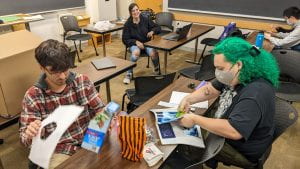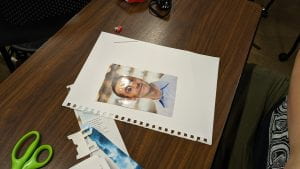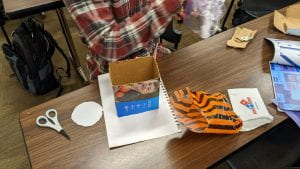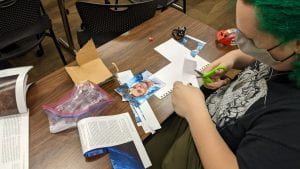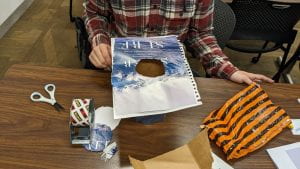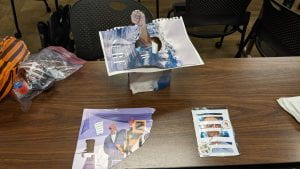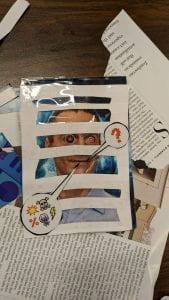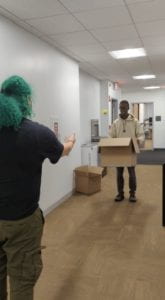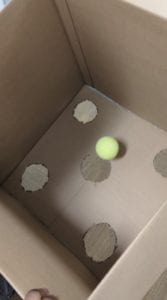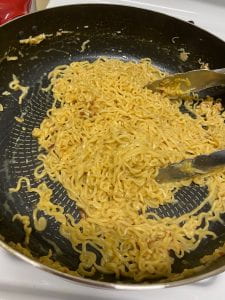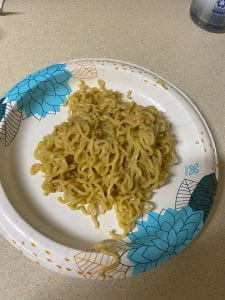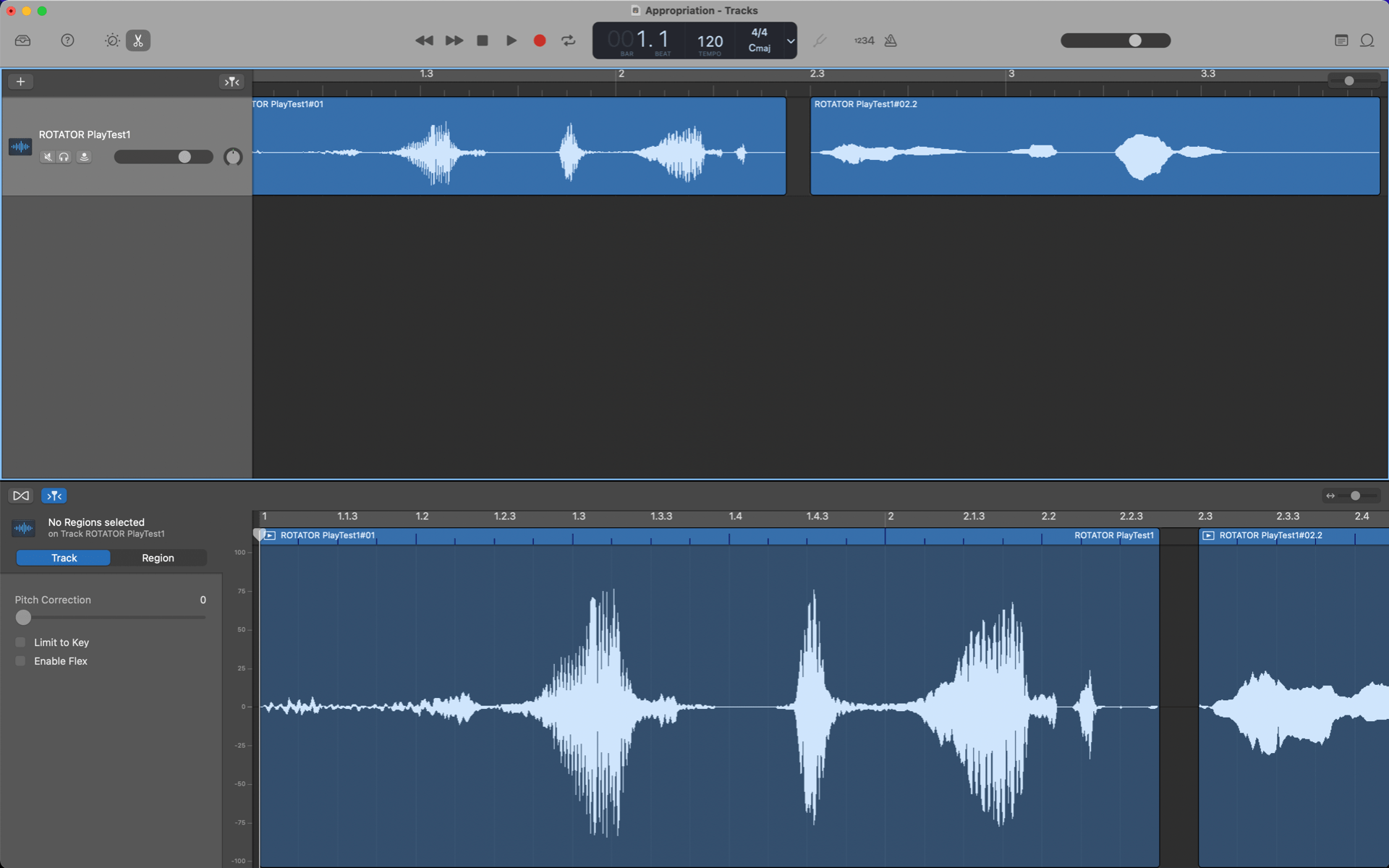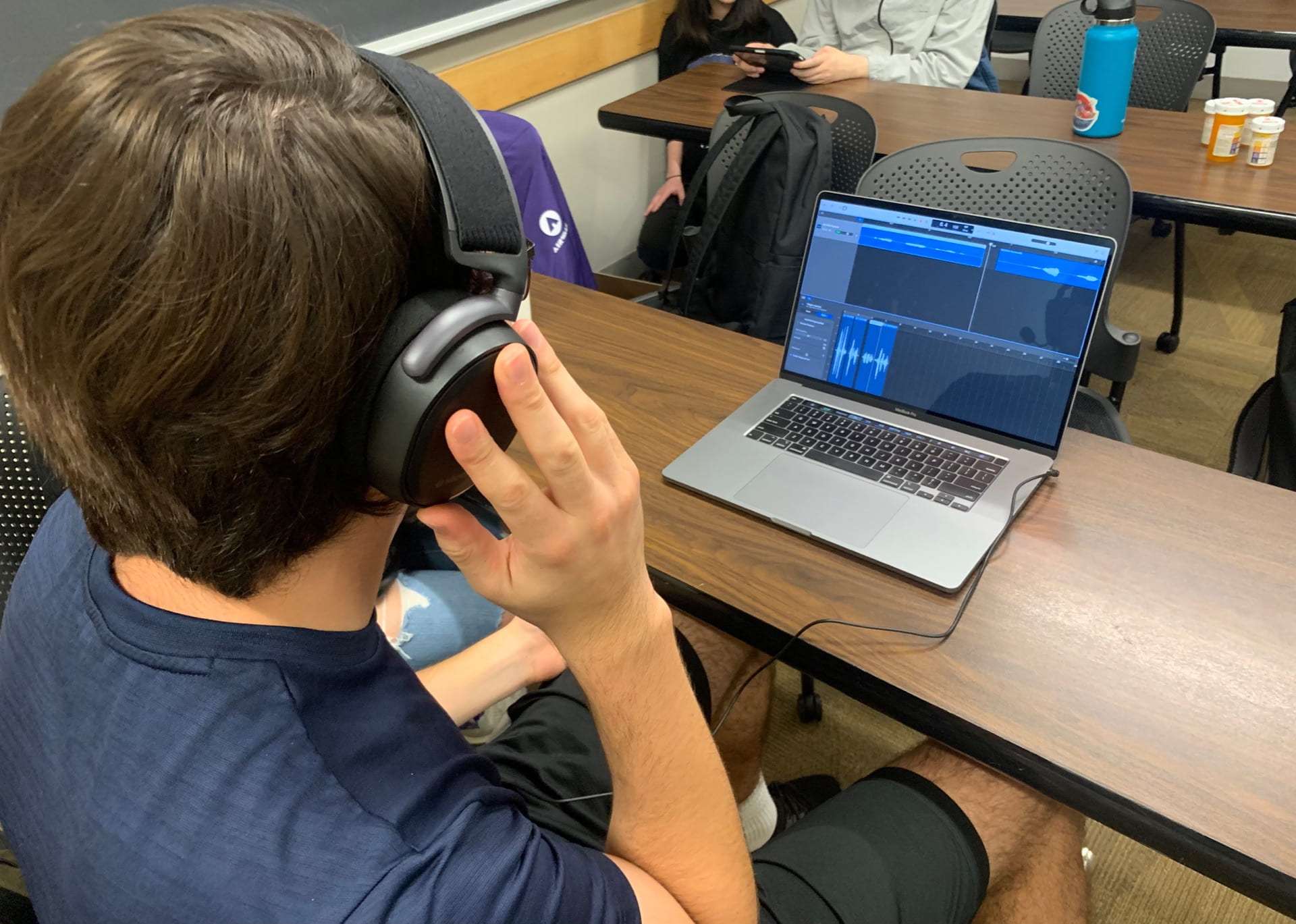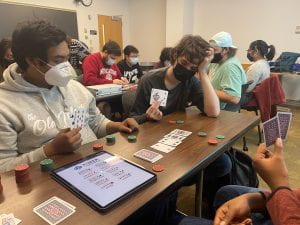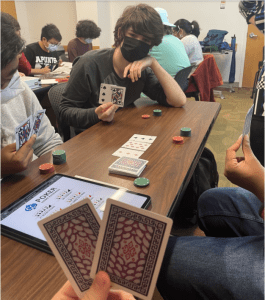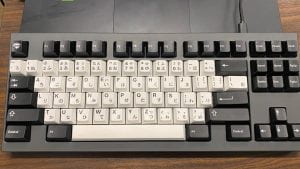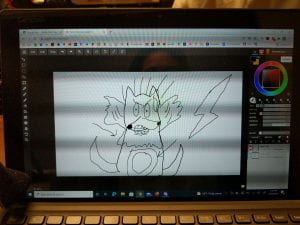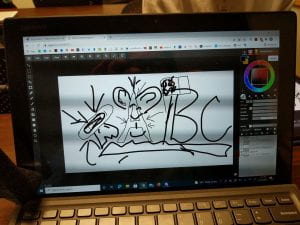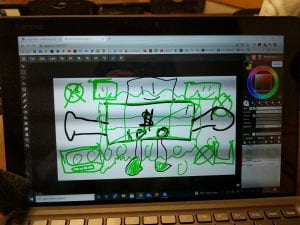The game is called What the Fuck and Who Done It?
Score:
Place body in the noose
Both players tap the body for 30 seconds.
Which ever side the body lays on the line at the time the timer goes off is the loser of the game.
Enjoy!
This game was inspired by Heartfiled and Schlichter’s Prussian Archangel piece from the 1920. I feel that the political commentary that was present in many of the Dada groups that we have studied in class inspired me to create something that was equally disturbing as it is enticing and thought-provoking. As soon as step one was completed in my playtest, the air was removed from the room and one could hear the tension that was boiling.
I also took influence from a popular children’s game called Hangman where one would try to guess the word letter by letter that the other player would choose and after so many tries a man is built on a noose. The game ends when the full body of the man is made.
I find it interesting that suicide is a subject of popular entertainment in a way that is funny or meant as a reversible action. In Hangman, once a person loses, the players can erase the body drawn and try again. This is opposite to the reality of the action that is so widely accepted.
In “What the Fuck and Who Done It?”, I wanted to tackle this idea of using dark, suggestive material to comment on a popular trend that desensitizes young minds to harsh realities. For this appropriation assignment, I decided to use found objects in my house for the first iteration. Combining a lamp with a pencil, I created a “noose” with string and tape tied to the end of the pencil. At the bottom of the piece is a piece of paper with a line. On one side of the line displays the words “What the Fuck?” while the other displays “Who Done It?”. I chose this as the title of my game because it explains in a crude way my reaction to suicide happenings in an honest way. In class, we spoke about how especially in places with political unrest like Germany and Berlin, artists would use their pieces as a form of activism. While I do not consider my piece to be a form of activism, I do think of future iterations that would interact with a more public environment and possibly a larger scale to truly convey the seriousness of the topic at hand.
Upon reading the score, I am sure you have noticed that there is no win condition, only a lose condition. In reality, no one wins and everyone involved loses. Those who play the game and those who watch.


